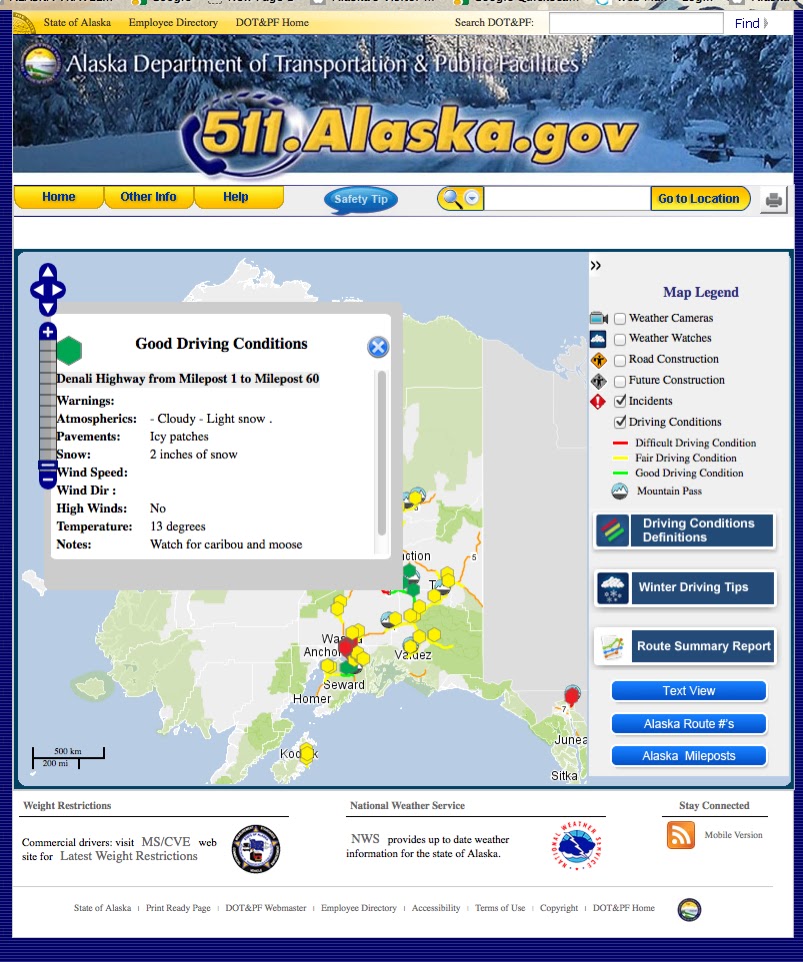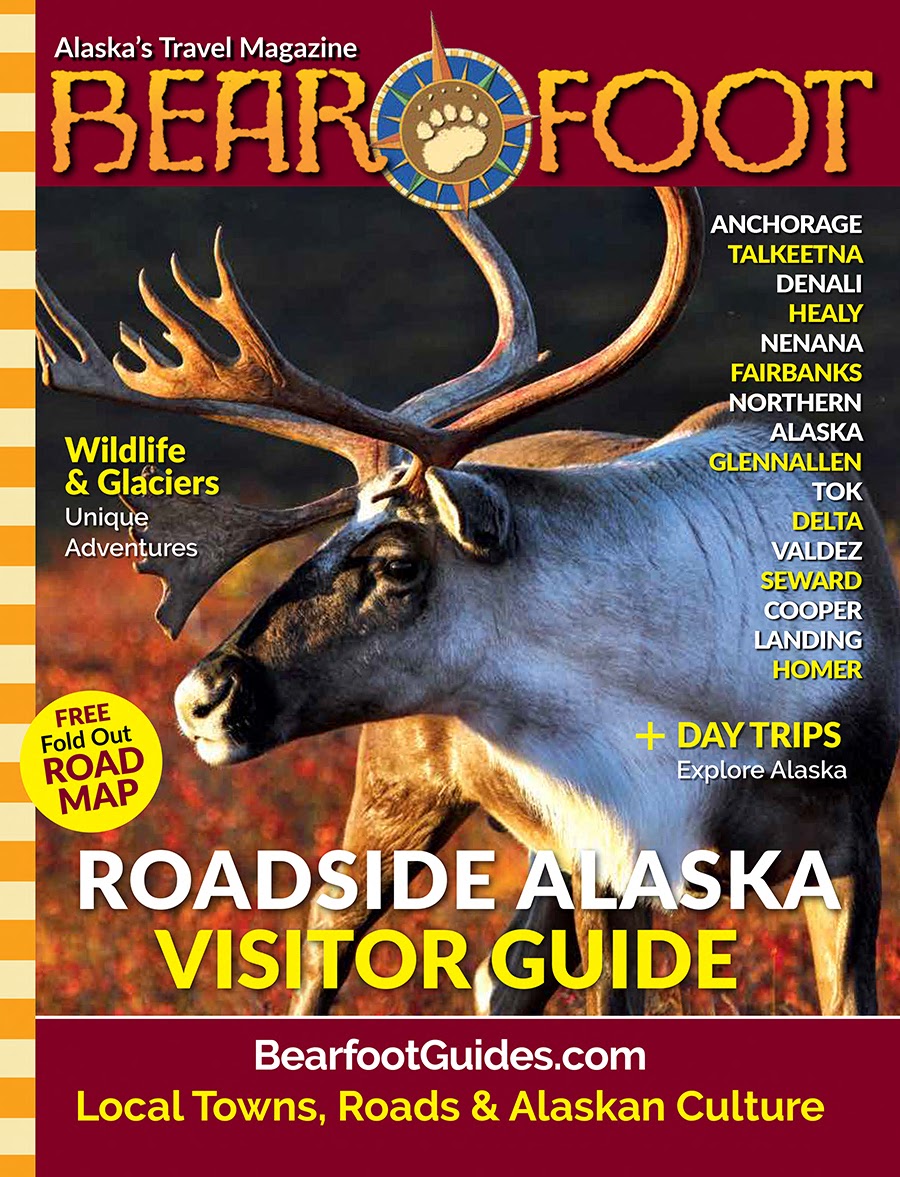Hawaii and Alaska Have Far More In Common Than We May Think
Parallel Worlds Alaska & Hawaii The Loss Of Lahaina When Lahaina burned to the ground in August 2023, it should have been no surp...
https://www.countryjournal2020.com/2023/10/hawaii-and-alaska-have-far-more-in.html
Parallel Worlds
Alaska & Hawaii
The Loss Of Lahaina
When Lahaina burned to the ground in August 2023, it should have been no surprise. The buildings of Lahaina – at least one of them dating back to the 1830s – were old and made of wood. They were arrayed, side by side, for over a mile. In many ways they were very much like the original buildings of early Fairbanks; the Fairbanks that succumbed to fire in 1906, when the town was brand new. Four city blocks were consumed by that fire.
That’s what happened with these types of towns back then. In 1835, the Great Fire of New York City destroyed 17 city blocks. In 1845, a fire in Pittsburgh burned down 1,000 buildings. In 1881, a fire in Chicago killed 300 people, covered 3 square miles of the city, took out over 17,000 buildings and left 100,000 Chicagoans without a home. In 1889, a fire burned down the business district of Seattle, covering 25 city blocks.
In Alaska, in 1934,1,500 people in Nome were made homeless by a raging fire that destroyed their homes and 3 city blocks. Fires and wooden buildings don’t mix well together. What’s odd is not that Lahaina finally succumbed; what’s amazing is that the Hawaiian town lasted this long.
Burned-Down Historic Cabins Of Alaska
In much of Alaska, there aren’t many historic little towns anymore. In the Copper Valley, there’s Chitina, McCarthy, Kennicott… There’s Talkeetna on the Parks; Eagle on the Yukon; vestiges of original towns embedded in Homer and Seward... Glennallen could be loosely called a “town” and so could Copper Center. But mainly, in the Copper Valley, there are settlements, or individual roadhouses scattered up and down the highways.
Or — more accurately — there were old roadhouses.
Like Lahaina, the burned-down and collapsed roadhouses of Alaska were the historical memories of a community. And, like Lahaina, their loss represents an enormous loss of culture. The relentless burning of the Alaskan roadhouses: Chistochina Lodge, Summit Lake Lodge, Sourdough Lodge, Copper Center Lodge, Mendeltna Lodge… every one of them rips at the fabric of Alaska’s life as relentlessly as the burning of Lahaina tore apart Hawaii’s.
Whaling, Good Time Girls & Chinese Workers
Lahaina’s lost history is matched to Alaska’s bygone past. Hawaii isn’t that different from Alaska.
We share the same whales.
By the 1850s, around 400 arctic whaling ships docked in Lahaina. Whaling was a huge industry. Whale oil powered the nation’s street lights; whale bone provided material that preceded plastic and was used for women’s girdles and umbrella spokes.
Prostitution was rampant in Lahaina, as it was later in Fairbanks. To combat this, religious missionaries — as in Alaska – also were common in Hawaii.
Chinese workers came to man the canneries all along Alaska’s coasts. There were also Chinese workers in Lahaina; they came to work the sugar plantations.
Captain Cook
The great British explorer Captain James Cook first saw the Hawaiian Islands in January, 1778. A month later, he was off to Alaska, following the route of the whales to the North Pacific. Here, he searched for a “Northwest Passage” — a non-existent water route from the west coast of the American continent to the east. During that time, he roamed about in what was to be later known as Prince William Sound and Cook Inlet.
For a moment, Cook had considered naming Prince William Sound “Sandwich Sound” after the Earl of Sandwich, his British patron. Instead, he went on to higher ground, naming the Sound south of the Copper Valley after Prince William of England.
After Alaska, he headed south again, to the island of Maui and Hawaii, to which he had assigned that coveted name: “The Sandwich Islands.”
In February, 1779, Captain James Cook, who had so successfully navigated the globe for years, made a fatal, tough-guy mistake. He tried to kidnap a Hawaiian chief, got embroiled in a fight over a longboat, and was brutally killed and hacked to pieces by Hawaiians on the Big Island.
Today, at the site where Captain Cook landed in Hawaii, you can see a statue of him – his legs apart, his arm down. He’s in his ornate nautical greatcoat, gazing defiantly out to sea. It’s the exact same statue you’ll find in downtown Anchorage, above the Alaska Railroad buildings.
Another parallel.
Legacy Of SPAM
It’s just been hunting season in Alaska. Time to break out the SPAM, that handy little can of pork and ham that is so beloved by Alaskans, Hawaiians and other peoples across the Pacific. Especially those places that were (or still are) U.S. territories.
SPAM was invented during the Great Depression. In a desperate America where there was little money, and families were full of hungry children, SPAM filled the bill by getting calories on the table. It’s the original “fast food.” You open the top, plop it out, slice it into squares and serve it up hot or cold.
SPAM is not a natural food. During the War, when 150 million pounds were served up to the U.S. military, it was known as “ham that didn’t pass the physical.”
In the War, SPAM made its way across the world as part of the diet of American soldiers. It worked its way into the war zones: the Pacific — Hawaii, Guam, Alaska…
And, during that difficult and unsettling time, SPAM became popular — even beloved – with the locals.
SPAM is addictive. It’s full of fat, and salt and flavor. For people of the Pacific Rim, fried SPAM is – still – the ultimate comfort food. You can’t feel hungry if you’ve just chowed down a can of SPAM with half a loaf of white bread or a dozen Pilot Crackers. Or gobbled it down as sushi. Or been served up a dish of SPAM, eggs and rice at the local McDonalds on Oahu.
But SPAM, and all packaged western foods, came at a cost in both Alaska and Hawaii.
Traditionally, in these places, the natural world had provided food. In Alaska, what was valued above all was the gathering of wild foods: Moose, caribou, seals, berries…
In Hawaii, taro root, breadfruit, papayas, mangos, fish, and wild pig had rounded out the family diet before SPAM arrived. In both Hawaii and Alaska, the gathering of food from the land has been considered a virtue; an affirmation of faith in nature and in culture.
But now, one of the similarities between Hawaii and Alaska is this: Both places import 95% of their food. We love our SPAM, of course, and everything we get from Costco... but, in both places this reliance on outside food is a problem.
It makes more sense in Alaska. Here, it's cold and the winters are long. You can't grow papayas in Alaska. But it doesn’t make sense in Hawaii, or those other Pacific Rim countries, with their Garden Of Eden year-round summers.
And yet, here we all are – all of us – dependent on container ships that bring us food from the mainland by the truckload. And on the reliability of the ships and roads that tie us together on a slim lifeline.
Thin Trail Of Roads
Because that's another issue; the sparse roads of the old territories of Hawaii and Alaska, now the last two American states: narrow roads, with no other access.
In Alaska, a single road, the Glenn Highway, dumps into Anchorage from the entire northern road system. Another single road, the Seward Highway, drains out of Anchorage into the whole Kenai Peninsula.
And, in Lahaina, a single road wended its way through town. And it was not enough. It was also the only exit – and, when that road was blocked by cars, it left people to die in the conflagration.
Despite the enormous disparities in weather, there are too many parallels, frankly, between Alaska and Hawaii, the 49th and 50th states:
Whales, isolation, volcanoes, fires, poor infrastructure, treacherous roads, a lack of locally-sourced foods – and a long, sometimes fraught territorial history that has an oversized influence on the present.
.jpg)















